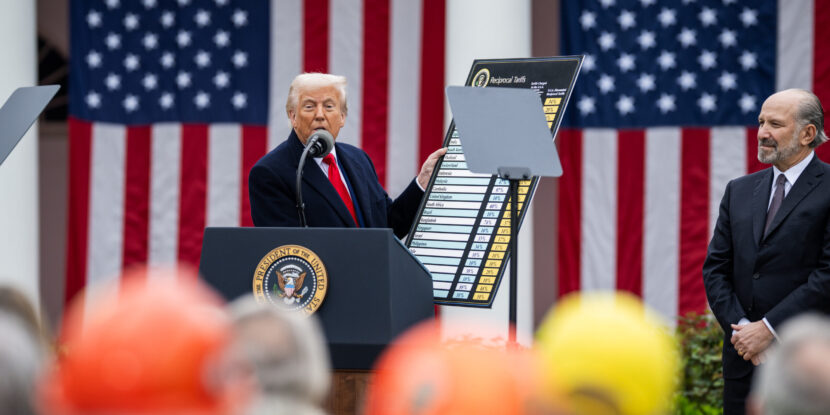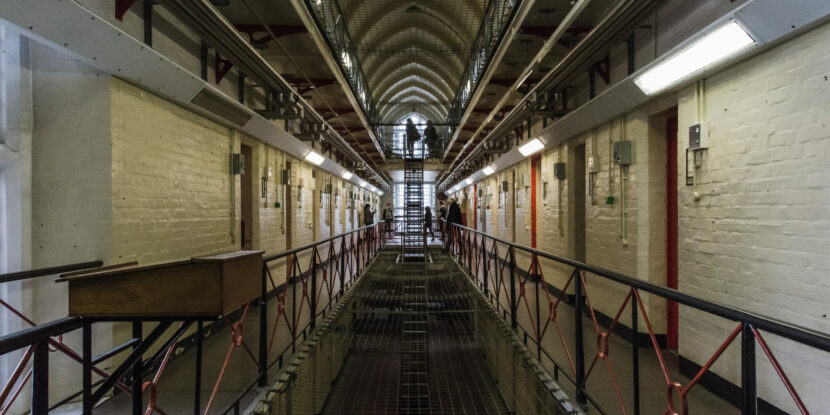President-elect Donald J. Trump has proposed using recess appointments to expedite the establishment of his new administration, after delays in Senate confirmations during his first term. This approach raises the question of whether history and the law allow the President to quickly assemble a Cabinet using recess appointments. The U.S. Constitution grants the President the power to make appointments, with Senate confirmation required in most cases, but it also provides an alternative via the Recess Appointments Clause.
CONSTITUTIONALITY.
This clause allows the President to fill vacancies without Senate approval during the Senate’s recess. Historically, this practice has facilitated the prompt filling of roles, ensuring that executive functions are not interrupted by lengthy confirmation processes. The Constitution’s Article II, through its Appointments and Recess Appointments Clauses, empowers the President to make temporary appointments when the Senate is not in session.
The Framers of the Constitution intended recess appointments to serve as a mechanism for maintaining governance continuity. This power is not considered secondary; it is equally valid alongside Senate-confirmed appointments. However, officials placed in office through recess appointments must be confirmed by the Senate by the end of the next session of Congress—essentially the end of the next calendar year. This means their term in office does have an expiration date.
EXTENDING AN APPOINTMENT.
However, the time in office of a Cabinet member named through a recess appointment can be extended through the Federal Vacancies Reform Act (FVRA). As a presidential appointee, the officer—prior to the expiration of their recess appointment—can be moved to the Acting agency head and serve an additional 210 calendar days. All in all, this would result in a recess appointee being able to hold office for around two years of the President’s term in office. This was done in 2002 regarding Eugene Scalia’s appointment as Solicitor of Labor and is backed by a ruling from the Office of Legal Counsel (OLC) of the Department of Justice (DOJ).
Additionally, the President can—under certain conditions—adjourn Congress if the House and Senate cannot agree on recess timing. This maneuver would allow President-elect Trump to utilize recess appointments more effectively, even if Senate Republicans oppose them to some degree.
Our political editor @wupton explains recess appointments, the Federal Vacancies Reform Act, and how precedent could lead to Trump getting ALL the cabinet picks he wants in place – all in under 3 minutes!@DineshDSouza pic.twitter.com/hQufZKjMWe
— The National Pulse (@TheNatPulse) November 18, 2024




















